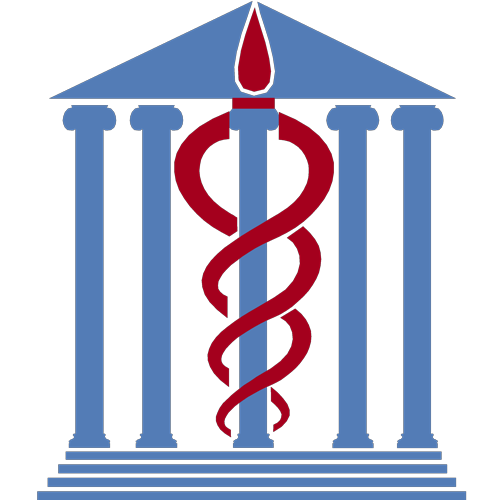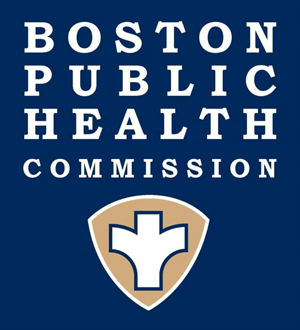Full Knowledge Base
Welcome to the DelValle Institute for Emergency Preparedness Knowledge Base
This knowledge base serves as a repository for emergency preparedness resources focused on Emergency Support Function 8 (ESF-8, Public Health and Medical Services) and related public safety topics. The content in this knowledge base is based on local and national best practices. Documents developed by the DelValle Institute are distinguished by a download icon ![]() .
.
Performing decontamination
1. Steps in performing decontamination
The chart below shows decontamination tasks and the desired results.
Task | Desired Results [edit] |
Strip clothing | Removes majority of contaminant |
Water shower | Gross material is flushed off victim while remaining material is diluted |
Apply soap | Starts to break-down contaminant |
Scrub | Breaks down contaminant further – Use caution not to embed material with overly- aggressive scrubbing |
Final rinse | Removes fine material |
Ambulatory victims who can follow instructions may be able to perform these actions themselves. This is useful for several reasons:
- Staff is available to tend to those requiring more assistance
- Patient modesty is protected
- Families can remain together and assist each other
Properly protected decon team members may have to perform decon on victims unable to comply or understand instructions, or who are seriously injured or ill.
2. Medical care in decontamination
A general rule is that medical care should not be delayed for decontamination. This does not mean that decon must be bypassed completely. For a critical patient who requires decontamination; the patient should be stripped, grossly decontaminated with water and then receive stabilizing medical care. Further definitive care may be delayed until more thorough decontamination can be performed.
For other priority patients or unconscious patients, be concerned with simple airway management and controlling large bleeds only. Airway management should involve manually opening the airway: no adjuncts or advanced techniques should be placed at this point as they would require constant monitoring. Use of the recovery position may be useful here.
| The Recovery Position: The patient lies on their left side with the right arm supporting their head. Make sure the head is in the neutral position and not flexed touching the chest. The right leg is flexed to keep the patient from rolling over. If necessary the patient may be secured on a long board this way. The recovery position may not be optimal for protecting the cervical spine, but has the advantage of allowing fluids and/or emesis to drain from the nose and mouth, thus allowing the patient to be left unattended for brief periods. |
« Previous | Topic Home | Next »


